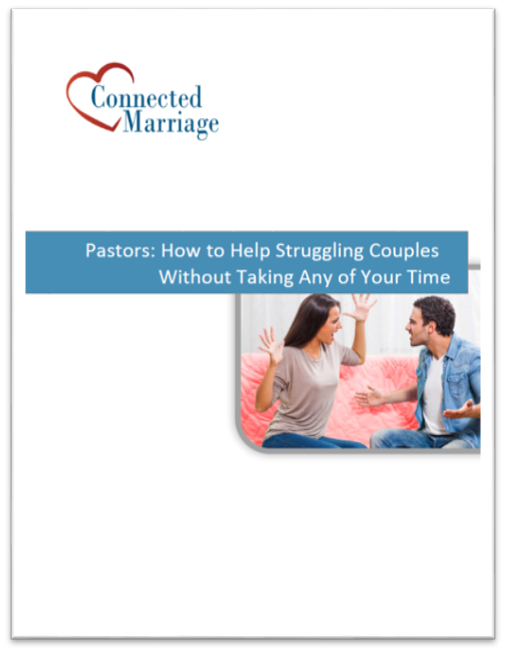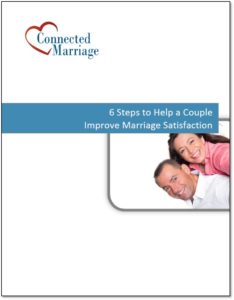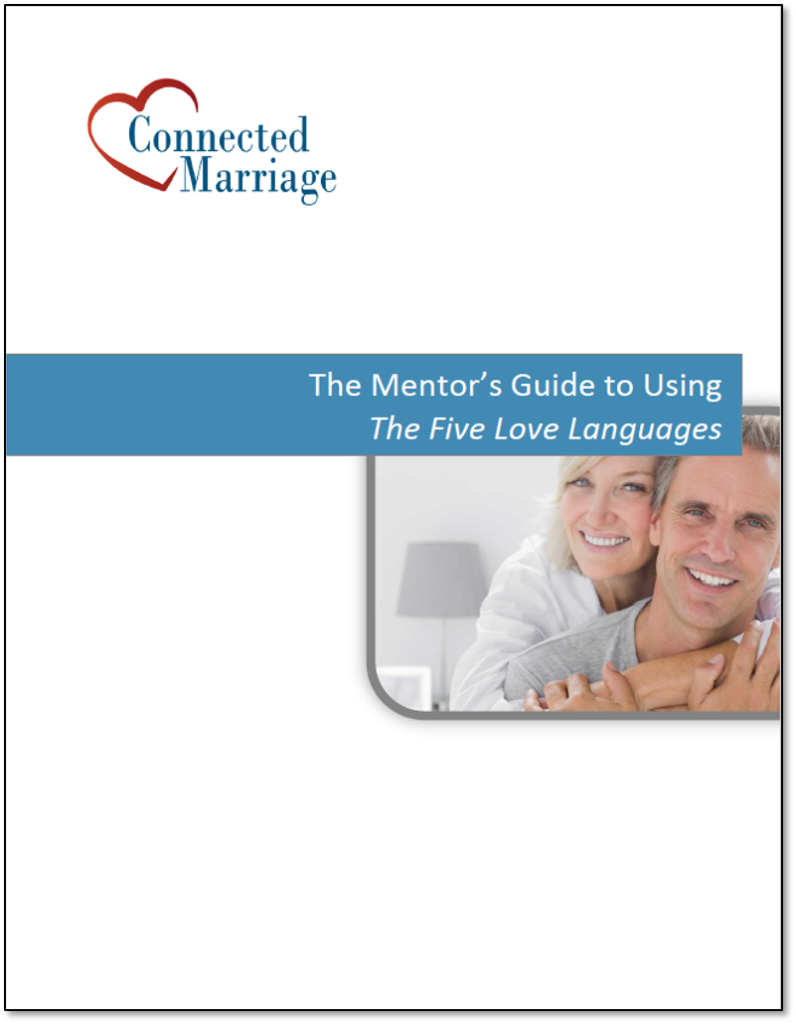3 Conflict Patterns
Managing conflict with couples starts by recognizing common conflict patterns.
My wife and I used to have a very destructive pattern in our marriage. It went like this.
She would do or say something that I didn’t like. I would criticize her. She would defend herself. I would slip into debate mode tell her, very logically, why she was wrong. She would feel overwhelmed and unable to counter my arguments. So, she shut down.
She learned that it was better to just keep things in and not say anything. Resentment built up and our connection was damaged.
Our unhealthy patterns impact our marriage satisfaction. Mentors can have a huge impact by helping couples to recognize unhealthy patterns.
Sue Johnson is an author, clinical psychologist and marriage researcher. She developed Emotionally Focused Couples Therapy. In her book, Hold Me Tight, Seven Conversations for a Lifetime of Love, she outlines three common patterns.
- Find the Bad Guy
- Protest Polka
- Freeze and Flee
Find the Bad Guy (Attack-Attack)
This is all about self-protection. Someone feels attacked and they counter attack. It’s about trying to prove that they are wrong and you are right. Arguments can escalate until someone disconnects.
The more this happens, the more we start to expect it. We think about our arguments ahead of time and get ready with the counterpunch.
The desire to win starts to become more important than the desire to be connected.
Michelle and I used to fall into this. I wanted to win the argument, but I was losing the relationship.
Protest Polka (Demand-Withdraw)
This is the most widespread pattern. One person makes a demand. This might even be a demand for more connection. The other person protests the implied criticism by withdrawing or stonewalling. That withdrawal causes the demander to make more demands, which causes the withdrawer to pull away even more. It goes on and on.
We often see this as the advice cycle. One partner wants an emotional connection and the other responds with logical advice. This gets interpreted as not responding at all. The advice itself may be good, but it’s done without validating the emotions. The advice giver feels that they are helping and the other person doesn’t feel emotional connection.
The end result is distance in the relationship, not connection.
Freeze and Flee (Withdraw-Withdraw)
Remember when I said that Michelle decided it was better to not bring up things to me? This was the result.
Michelle withdrew and just didn’t say anything. We still got along. I thought it was great that we didn’t ever fight. Still, the distance grew.
When both people are withdrawing, it seems very peaceful. Eventually, resentments can build up. The relationship can turn into just being roommates with very little connection.
Tips for Marriage Mentors
- Understand these common patterns – It can help you as a mentor to be aware of these patterns. Keeping them in mind can help you to be aware of what you are seeing.
- Help couples recognize their pattern – Ask the couples if this is a pattern. If you can help them to recognize them, then they can choose new actions when they happen.
- Focus on the emotional connection needed – Ask the couples what they need emotionally from their partner. Sometimes they won’t know, but if they can identify it, it will help them to find actions that help.
These three patterns are very common. As mentors, you’ll see these being expressed all the time.
When Michelle and I understood the patterns in our relationship, we were better able to find new ways of relating. I learned to validate her emotions, so I became a safer person. She was able to be more open with me. Our intimacy level grew.
We made new choices.
For further reading:
Johnson, S. (2011). Hold Me Tight: Seven Conversations for a Lifetime of Love. Little Brown & Co.
Clinton, T. E., & Sibcy, G. (2002). Attachments: why you love, feel, and act the way you do: unlock the secret to loving and lasting relationships. Brentwood, TN: Integrity .





Comments are closed.